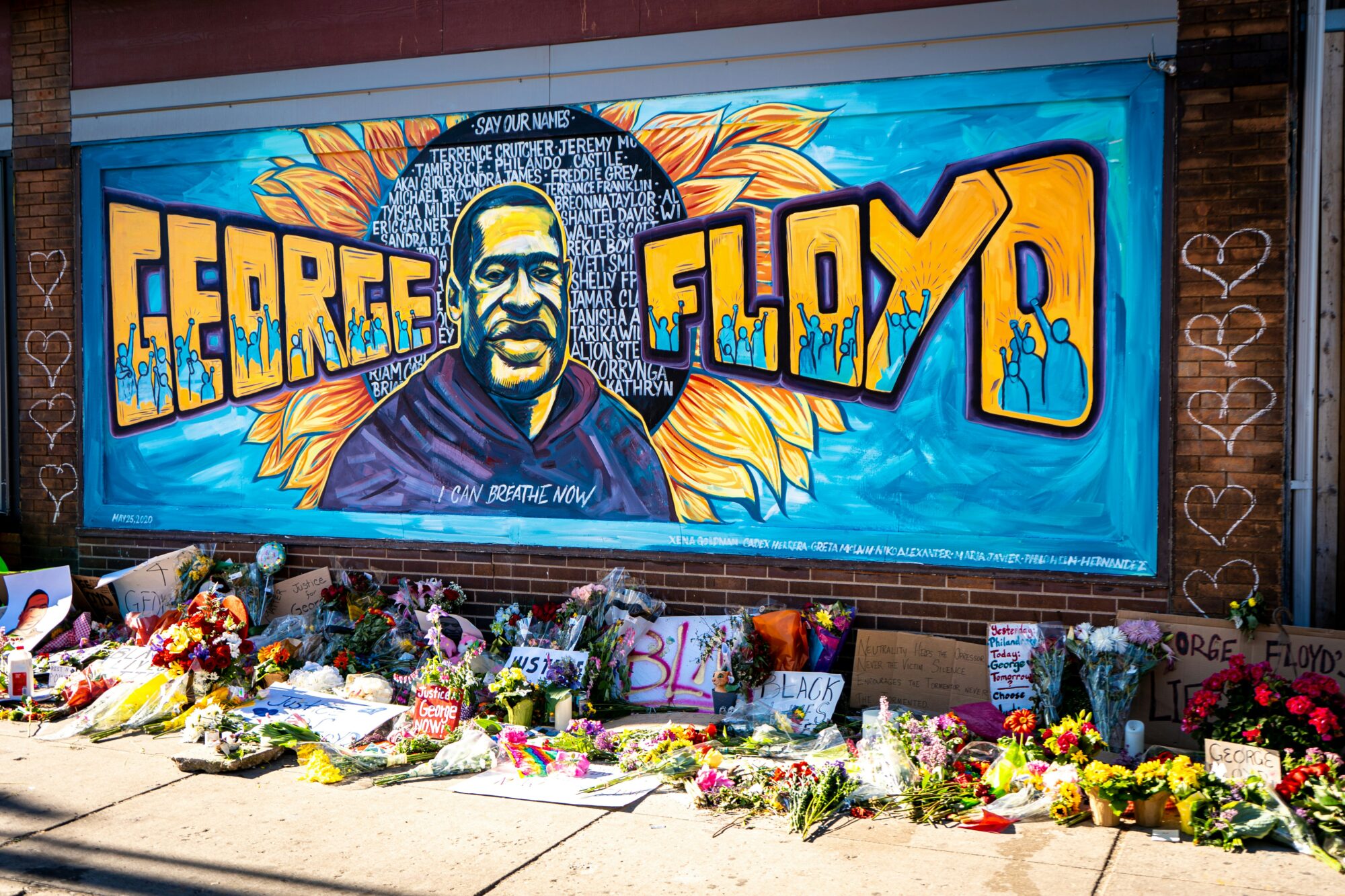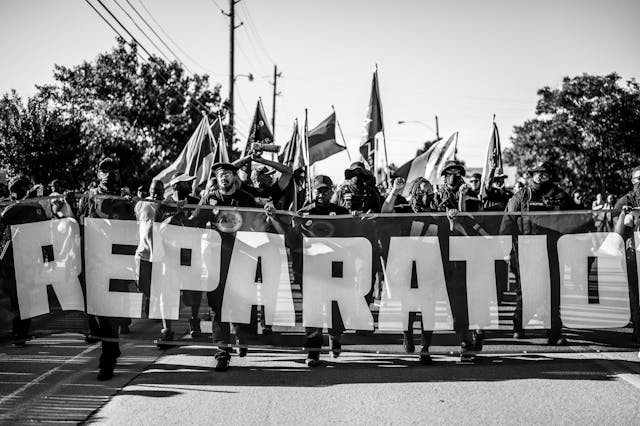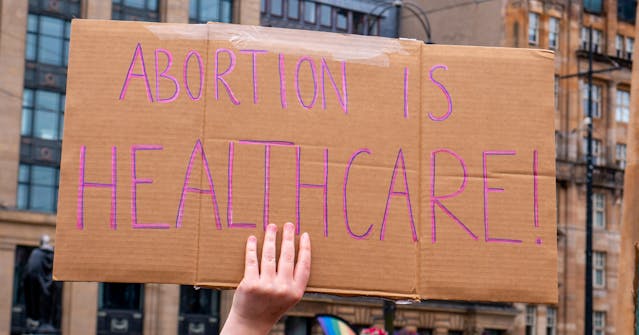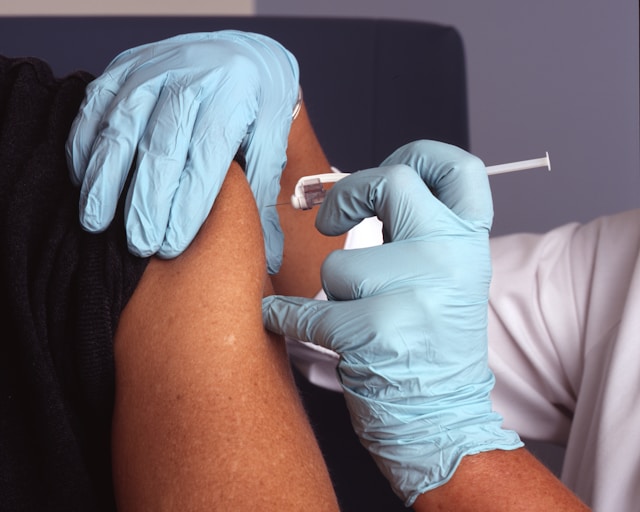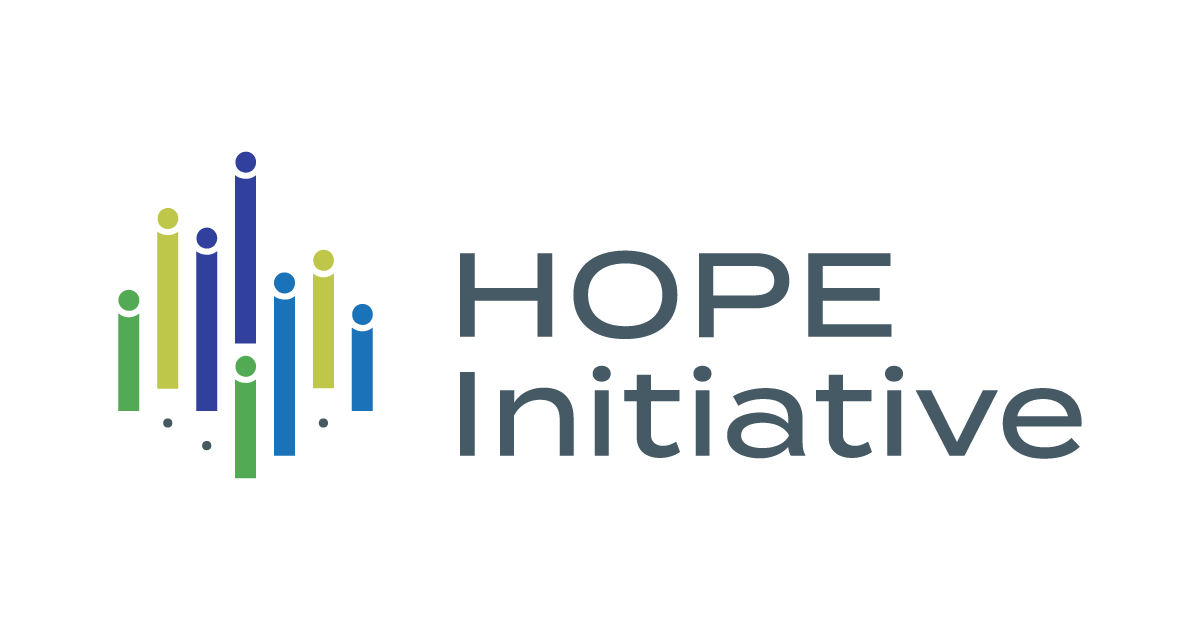
FOR IMMEDIATE RELEASE
November 19, 2020
Contact:
Michael K. Frisby
202-625-4328/mike@frisbyassociates.com
HOPE INITIATIVE’S GROUNDBREAKING RESEARCH ON MINORITY HEALTH BRINGS “OPPORTUNITY APPROACH” TO REDRESSING RACIAL AND ETHNIC INEQUITIES
Go to www.hopeinitiative.org
Innovative, interactive experience brings comprehensive data to researchers and the public
WASHINGTON – The Health Opportunity and Equity (HOPE) Initiative today launched a state-of-the-art platform that supports a new narrative on health inequities and provides achievable pathways for states to eliminate health disparities. In the midst of a national Reckoning on Race and the COVID-19 pandemic, this comprehensive data on populations of color is a critical resource for policymakers, as well as the medical and public health fields.
HOPE data portrays an America that would be dramatically different if the impact of racism embedded in our society was eliminated and everyone experienced equal social, economic and health opportunities: 70 million more people would live in low poverty neighborhoods; 55 million more adults would live in households with a livable income; and 54 million more adults would achieve very good or excellent health.
Specifically, HOPE tracks 27 indicators on health outcomes and factors that shape health and well-being – social and economic factors, community and safety conditions, physical environment and access to health care. Their research on these social determinants of health identified the opportunity gaps for people of color that frequently lead to racial inequities in health outcomes.
“When we started the HOPE Initiative, we recognized that fresh research was needed to change the disparity narrative,” said Dr. Brian Smedley, an architect of the HOPE Initiative. “For too long, the attention has been on identifying health disparities and not enough on addressing those disparities.” Dr. Smedley, who is the Chief of Psychology in the Public Interest at the American Psychological Association, added: “With this data, we can pinpoint where resources must be directed to make today’s Reckoning on Race meaningful and lasting.”
The prestigious New England Journal of Medicine today published a powerful infographic on their website based on the HOPE research. Featuring 10 of the 27 HOPE indicators, it was developed for their Race & Medicine page as part of their commitment to antiracism. The HOPE website at hopeinitiative.org will provide an interactive experience with all 27 indicators, allowing users to explore data segmented by indicators, states, race and ethnic and socioeconomic groups.
“Our analyses, for the first time, provide national and state leaders practical data to move beyond talking about racial disparities to setting actionable goals and charting a path forward for achieving equity in opportunity and health,” said Nadia Siddiqui, chief health equity officer of Texas Health Institute.
The research found that health status for racial groups is not uniform. Some minorities in the healthiest regions, particularly areas with less diversity, such as New England or the Northern Great Plains states, report better health. Health profiles for racial groups also vary: Just one- third (34%) of Hispanic adults reported being in very good or excellent health compared to more than half of Asian/Pacific Islanders (55%) and White (53%) adults.
HOPE data demonstrates the impact of the nation’s legacy of systemic racism that has left low- income and communities of color disenfranchised from opportunities and contributed to their poor health. The research, which includes data on whites, was conducted before the COVID-19 outbreak. Led by the National Collaborative for Health Equity (NCHE), the HOPE Initiative is a collaboration with Texas Health Institute and Virginia Commonwealth University’s (VCU) Center on Society and Health. NCHE, a renown national organization, addresses health inequities through leadership collaboration, innovative use of data and racial healing.
“This is groundbreaking research,” declared Dr. Gail C. Christopher, NCHE’s executive director. “The HOPE data can help public health officials move beyond identifying inequities in communities of color to spurring action addressing social determinants affecting their health. For America to be a healthy nation, we must make health equity a reality for everyone and overcome the impact of the racism embedded in our society.”
Dr. Derek Chapman, Interim Director of the VCU’s Center on Society and Health, said, “Policymakers, advocates, and other stakeholders can use the HOPE data to measure how far states must go to achieve equitable opportunities for health and well-being, and inform policy solutions and practices that advance health equity.”
Funded by the Robert Wood Johnson Foundation, HOPE calculates obtainable goals for each category by averaging the best assessments from the top five states in the country, establishing realistic objectives for the states to reach. HOPE assesses indicators, sets goals and computes the progress required by each state for racial groups to reach health equity. Meeting the goals would provide pathways to stable jobs, quality schools, safe environments, food security and other resources that contribute significantly to improved health outcomes. For instance:
- In Colorado, more than 434,000 Hispanics need improvements in economic opportunity and neighborhood conditions to lift them out of areas with concentrated Nearly 255,000 Hispanics need to be provided with fair opportunities to earn livable wages to sustainably support their households.
- In Arizona, more than 200,000 of the 265,000 Native Americans in the state need to have improved economic opportunity and neighborhood conditions to lift them out of areas with concentrated poverty. More than 121,000 Native Americans need adequate access to food and nearly 87,000 Native Americans need opportunities to earn livable wages.
- In Wisconsin, more than 205,000 African Americans need economic opportunities and
improved neighborhood conditions to lift them out of areas with concentrated poverty. Nearly 107,000 African Americans also need to be provided with fair opportunities to earn livable wages to sustainably support their households.
“HOPE measures affirm well known challenges in states and regions such as in the South. But these data add new insights that find how risks to health and life can affect all regardless of race or ethnicity. In that way it suggests that opportunities for programs and policies to improve health can and should aim to benefit individuals and communities across these states,” said Dr. Dennis Andrulis, Senior Research Scientist at Texas Health Institute and Associate Professor at University of Texas School of Public Health.
Using the HOPE data, Dr. Christopher said that NCHE will intensify its work identifying policies and practices that can help states, as well as other jurisdictions, close opportunity gaps that are barriers preventing people of color from improving their health outcomes.
“It is no accident that communities of color have been hit the hardest by the devastation of COVID-19,” said Dr. Christopher. “These are the same communities facing steep systemic barriers to basic opportunities. The HOPE Initiative is a Call to Action to address the racism contributing to health inequities, and limiting health outcomes for too many people of color.”
###

